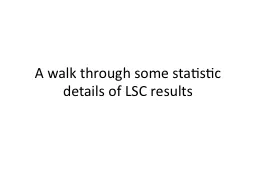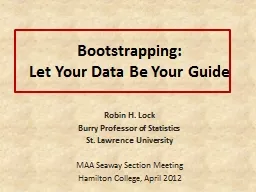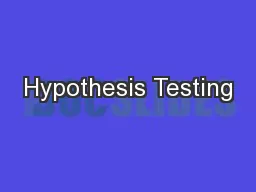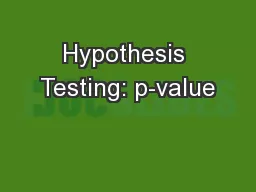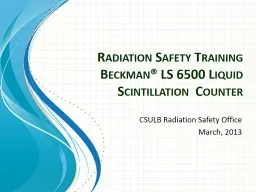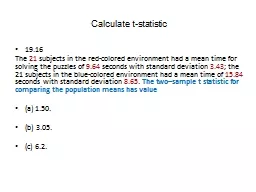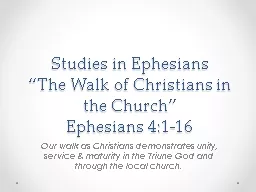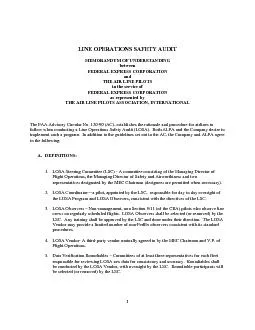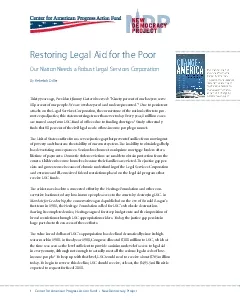PPT-A walk through some statistic details of LSC results
Author : kittie-lecroy | Published Date : 2017-07-25
CBC inspiral papers S1 Analysis of LIGO data for gravitational waves from binary neutron stars Phys Rev D 69 2004 122001 grqc0308069 S2 Search for gravitational
Presentation Embed Code
Download Presentation
Download Presentation The PPT/PDF document "A walk through some statistic details of..." is the property of its rightful owner. Permission is granted to download and print the materials on this website for personal, non-commercial use only, and to display it on your personal computer provided you do not modify the materials and that you retain all copyright notices contained in the materials. By downloading content from our website, you accept the terms of this agreement.
A walk through some statistic details of LSC results: Transcript
Download Rules Of Document
"A walk through some statistic details of LSC results"The content belongs to its owner. You may download and print it for personal use, without modification, and keep all copyright notices. By downloading, you agree to these terms.
Related Documents

